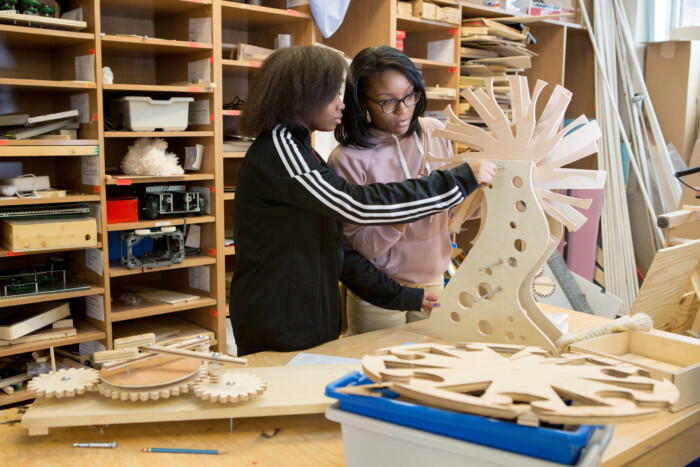Key Takeaways
- The pandemic, cost of living, social perceptions of the teaching profession and more have highlighted the antiquated model of teacher pipelines.
- With new technologies and new responsibilities, the role of the educator is shifting. Our pathways programs must be nimble enough to adapt.
Vision
Imagine a respected teaching profession that attracts some of the best talent in both caregiving and learning development and content expertise. New educator pathways and experiences make it easier to identify teacher talent, retain current teachers, and ensure that teachers are set up for success.
Overview
The landscape of teacher recruitment and pathways into the profession is undergoing significant transformation. Traditional routes into teaching are no longer sufficient to meet the diverse needs of schools and students across the globe. The driving forces behind these changes include a persistent teacher shortage exacerbated by the pandemic, evolving educational technologies, and a growing recognition of the need for a more diverse teaching workforce that reflects the student population. Additionally, the financial and time investment required by conventional teacher preparation programs has made the profession less accessible to many potential candidates.
Efforts to address these challenges have led to innovative solutions and signs of progress. One notable development is the rise of apprenticeship programs in teaching. These programs offer a “learn while you earn” model that provides aspiring teachers with hands-on classroom experience under the mentorship of experienced educators while also allowing them to earn a salary. This initiative is well underway through Federal programs.
Additionally, initiatives like Launch Pad demonstrate a forward-thinking approach to teacher recruitment and education reform. By integrating technology and real-world experience into the curriculum, such programs aim to prepare students for high-paying tech careers directly out of high school, offering an alternative to traditional college pathways. This approach acknowledges the changing landscape of work and the increasing importance of technology skills across professions, including teaching.






